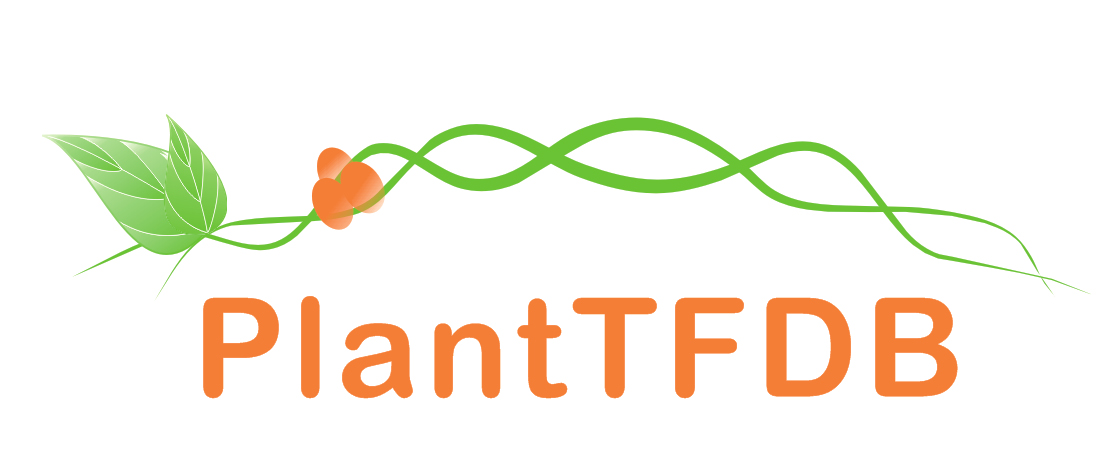 |
PlantRegMap/PlantTFDB v5.0
Plant Transcription
Factor Database
|
| Home TFext BLAST Prediction Download Help About Links PlantRegMap |
| Species | TF ID | Description |
|---|---|---|
Pinus taeda (16) | Pta000235 | HD-ZIP family protein |
| Pta000583 | HD-ZIP family protein | |
| Pta000903 | HD-ZIP family protein | |
| Pta000904 | HD-ZIP family protein | |
| Pta001821 | HD-ZIP family protein | |
| Pta002155 | HD-ZIP family protein | |
| Pta002178 | HD-ZIP family protein | |
| Pta002544 | HD-ZIP family protein | |
| Pta002586 | HD-ZIP family protein | |
| Pta003131 | HD-ZIP family protein | |
| Pta003861 | HD-ZIP family protein | |
| Pta008026 | HD-ZIP family protein | |
| Pta008988 | HD-ZIP family protein | |
| Pta009542 | HD-ZIP family protein | |
| Pta011694 | HD-ZIP family protein | |
| Pta011968 | HD-ZIP family protein |
A homeobox (HB) encodes a protein domain, the homeodomain (HD), which is a conserved 60-amino acid motif present in transcription factors found in all the eukaryotic organisms. This 60-amino acid sequence folds into a characteristic three-helix structure that is able to interact specifically with DNA. Most HDs are able to bind DNA as monomers with high affinity, through interactions made by helix III (the so-called recognition helix) and a disordered N-terminal arm located beyond helix I. The high degree of conservation of this type of domain among diverse proteins from different kingdoms indicates that this structure is crucial to maintain the HD functionality and that the role played by this domain is vital.
Members of the HD-Zip family have a leucine zipper motif (LZ) immediately downstream of the HD. The two motifs are present in transcription factors found in species belonging to other eukaryotic kingdoms, but their association in a single protein is unique to plants. The HD is responsible for the specific binding to DNA, whereas LZ acts as a dimerization motif. HD-Zip proteins bind to DNA as dimers, and the absence of LZ absolutely abolishes their binding ability, which indicates that the relative orientation of the monomers, driven by this motif, is crucial for an efficient recognition of DNA.
Ariel FD, Manavella PA, Dezar CA, Chan RL.
The true story of the HD-Zip family.
Trends Plant Sci, 2007. 12(9): p. 419-26.
PMID: 17698401



